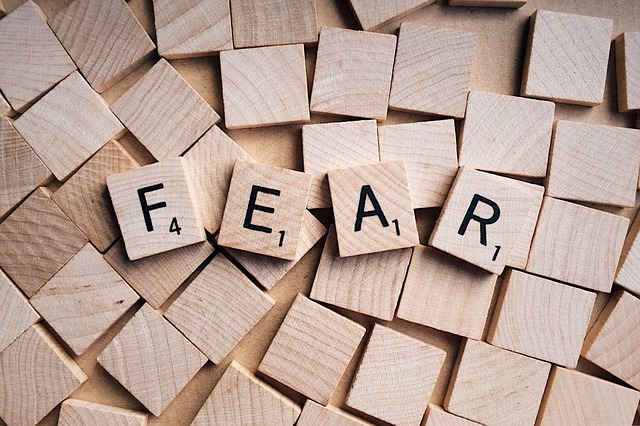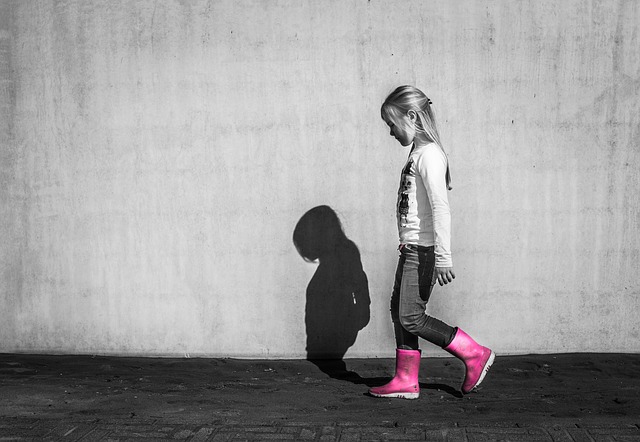The present moment is all we have – this very moment is our life. Yet we spend so much time being someplace else. We are thinking about what we have to do or wishing that our life was different. We can be caught up in the emotions of envy, disappointment or regret and overlook what is happening now.
So often we look forward to an activity with a friend or colleague and yet when the moment arrives, we are thinking of something else – our focus is elsewhere other than the present moment. When we can be really in the present moment we can savour being alone, being with someone we value and appreciate, experiencing the joy of our child’s development and happiness, or the beauty of the nature that surrounds us.
The role of meditation practice – bringing us back to the present moment
In one of her many meditation podcasts, Tara Brach coaxes us to show up fully for our life experiences, instead of being absorbed by our busyness. She encourages us to be with our mind and our body in the moment.
Meditation practice trains us to bring our attention back to the present moment again and again. It helps us to develop the discipline to stop our minds wandering or entertaining thoughts that take us away from the moment that we are experiencing, whatever form it takes.
If we can maintain meditation practice over a sustained period with a degree of frequency, we can begin to find that we tend to stop ourselves in the course of some experience and remind ourselves to savour the moment. This present-mindedness can grow and develop and embrace more of our life and our interactions with others. We can learn progressively to be truly present to ourselves and others.
As Tara points out the starting point is often getting in touch with our own bodies and our bodily sensations – whether it is the sensation of warmth or cold, tightness or softening, retracting or expanding. What we develop through being in the present moment is gratitude and appreciation and we can experience joy and happiness through the process. Tara describes what we develop through meditation practice in these words:
The art of appreciation and showing up for our life and living with more connection and gratitude.
As we grow in mindfulness through meditation, we can appreciate each moment and savour more of our life, instead of letting the present moment continuously pass us by. Through regular and persistent meditation, we develop the art of bringing ourselves back to what we are experiencing in the moment.
By Ron Passfield – Copyright (Creative Commons license, Attribution–Non Commercial–No Derivatives)
Image source: courtesy of Pexels on Pixabay
Disclosure: If you purchase a product through this site, I may earn a commission which will help to pay for the site, the associated Meetup group and the resources to support the blog.









